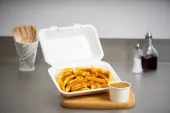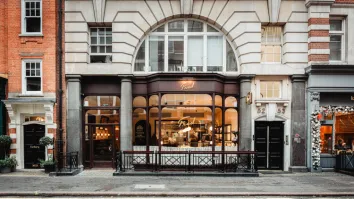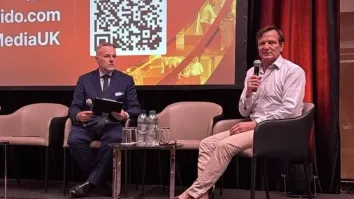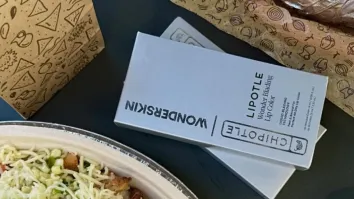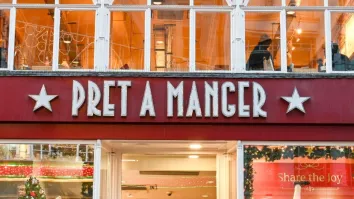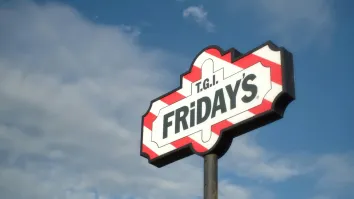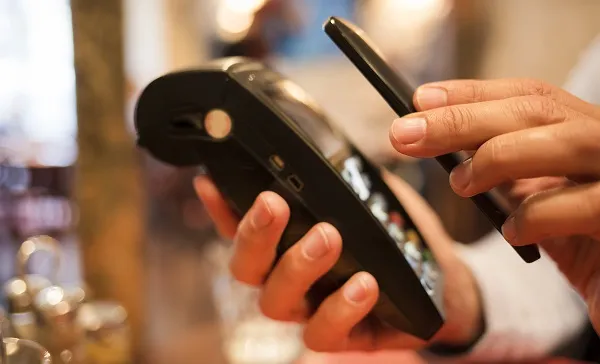
How to cater for millennials' increasing purchasing power
According to analysts, millennials are set to have more spending power than Baby Boomers for the first time this year.
Millennials are the largest living generation, typically defined as those born between the years 1981 and 1996 or aged between 22 and 37; they make up 16.8 million (a quarter) of the UK population.
This group of individuals is the first generation to have spent their entire adult lives immersed in technology and to have witnessed dramatic, positive, changes to the way we live, including the launch of the public internet and the introduction of the first smartphone. As a result, these are people that truly value convenience and accessibility.
Why is it, with all this spending power, that seemingly ‘super convenient’ food chains like Prezzo, which just last week, announced it would be closing 94 of its restaurants, are struggling to attract the audience they need? Could digital ordering technology alleviate some of the challenges being faced?
Nick Hucker, CEO of Preoday, a branded mobile and online ordering technology platform, offers an insight into how the restaurants can use ordering technology to attract the Millennial’s pound:
Improve online accessibility in the right way
There is a digital divide between Baby Boomers and Millennials, more inclined to use instant food applications and their parents more willing to prepare and cook food at home. But, while technologies like mobile ordering and delivery apps are playing a significant role in making eating more convenient, some third-party food delivery companies are charging up to 30% commission on every order. For many restaurants, this simply isn’t viable.
Preoday advocates an alternative; white-label platforms which help food businesses of all sizes capitalise on Millennial purchasing power. We advise using an own-branded ordering technology to access new revenue streams and improve relationships with customers by gathering data about customer spending. This means you make yourself available online but in a scaleable and affordable way that fits your company.
Don’t worry about being pushy
A past study found 84% of Millennials act on push notifications. Being so heavily reliant on their mobile devices, this method is the perfect way for the food industry to directly access this audience.
A push notification is a direct message sent from an app to a customer’s phone in order to bring something to their attention, whether that is an order update or an offer you want them to be made aware of. While many food facilities may be wary of using this technique, the statistics from the Millennial audience suggest that well-executed notifications aren’t too pushy. The key is just to ensure the content is relevant and personal.
Pre-ordering is the perfect solution
Typically, Millennials get branded with personality stereotypes such as impatience and a lack of loyalty in terms of their buying habits.
To counteract this, keep waiting times to a minimum and consider a pre-ordering, click and collect or delivery service. It’s not enough to just have your menus available on your website, places that don’t cater for the Millennials’ need for speed and efficiency are likely to get overlooked. Restaurants, sports stadiums, theatres - even cruise ships! - could benefit from introducing pre-ordering.
Tap in to this generation’s digital dependence and offer real-time alerts and updates; according to Salesforce, 66 per cent of Millennial consumers expect real-time responses and interactions. They will appreciate the instant gratification of knowing their food is being prepared and will be waiting for them upon their arrival – or is on its way with the delivery driver.
Be personal and don’t shy away from discounts
Food businesses need to provide modern customers with a personal experience. A review of millennials that eat in pubs found 32 per cent would like to receive personalised deals based on previous purchases to their mobile, this rose to 42% in 25 to 34-year-olds. We know Millennials can be frugal; growing up and entering the workforce at a time when the economy was in crisis will do that to a person. They earn less relatively, but spend more on things that enhance the convenience of their lives such as Uber, coffee and on-the-go snacks. Making that deal personal, sweetens it.
Similarly, strong statistics can be seen when investigating Millennial responses to personalised marketing campaigns and loyalty programmes. That personalisation is best employed when a restaurant uses customer data (gathered via its digital ordering technology) to get to know customers better.
As a final note, and with digital technologies put aside, when working with Millennials, never underestimate the power of the individual in making a restaurant a success. Those individuals complete the personal experience customers crave.
For more information on how the food industry can attract the Millennial generation through digital ordering, check out https://www.preoday.com/

